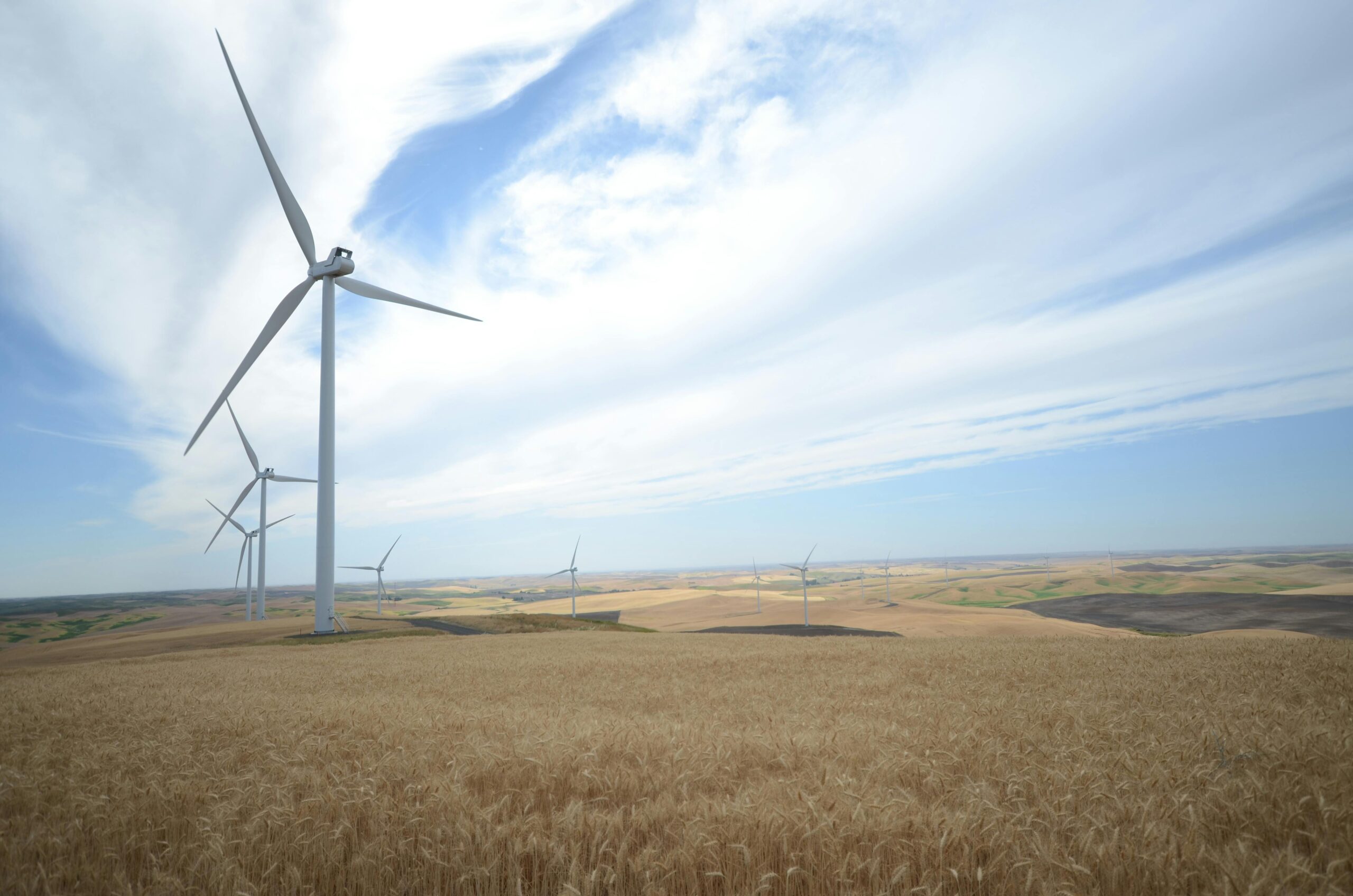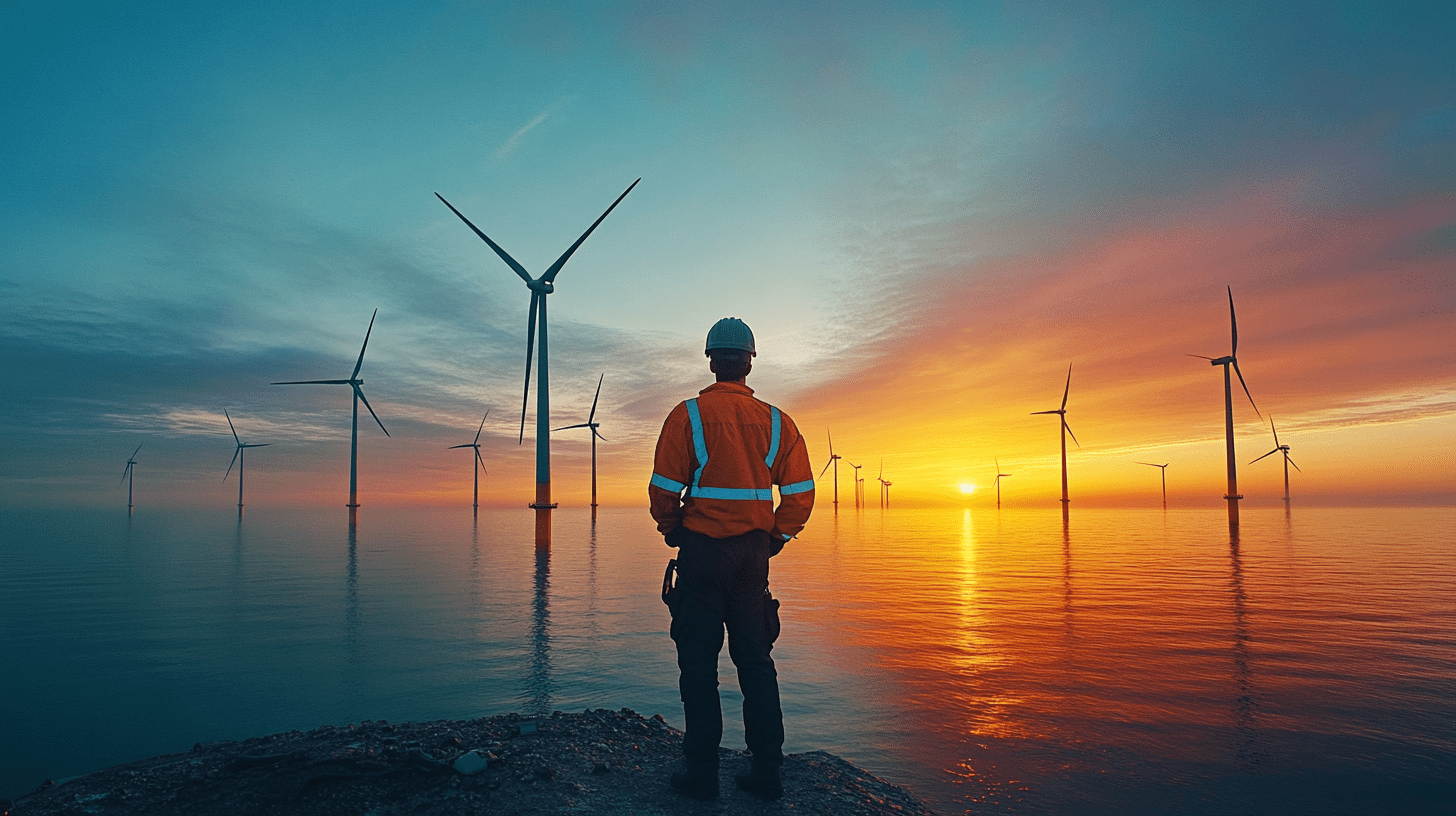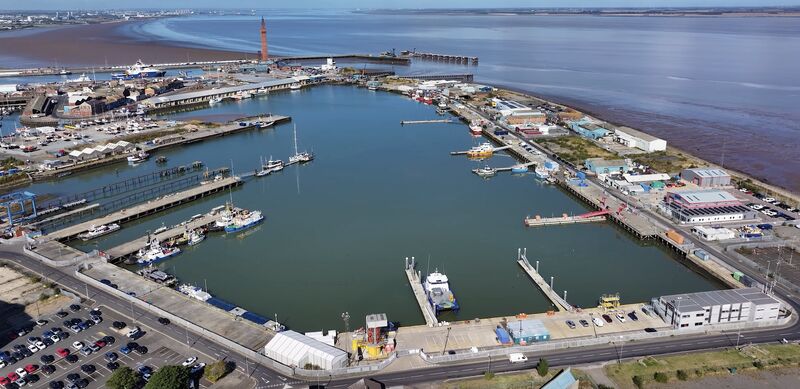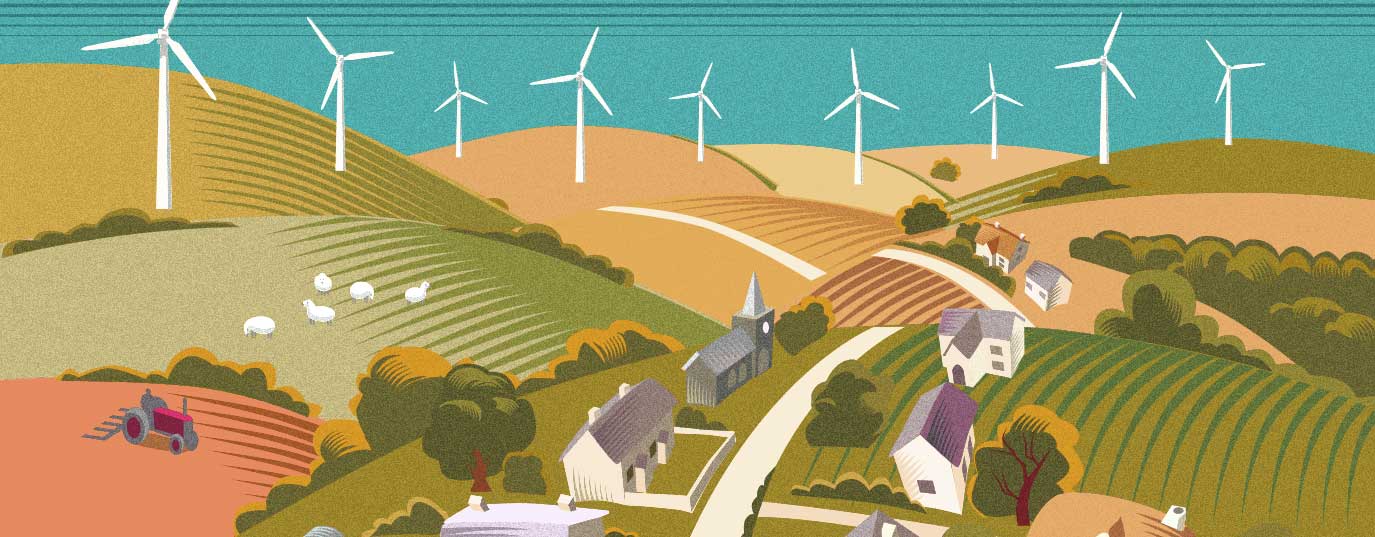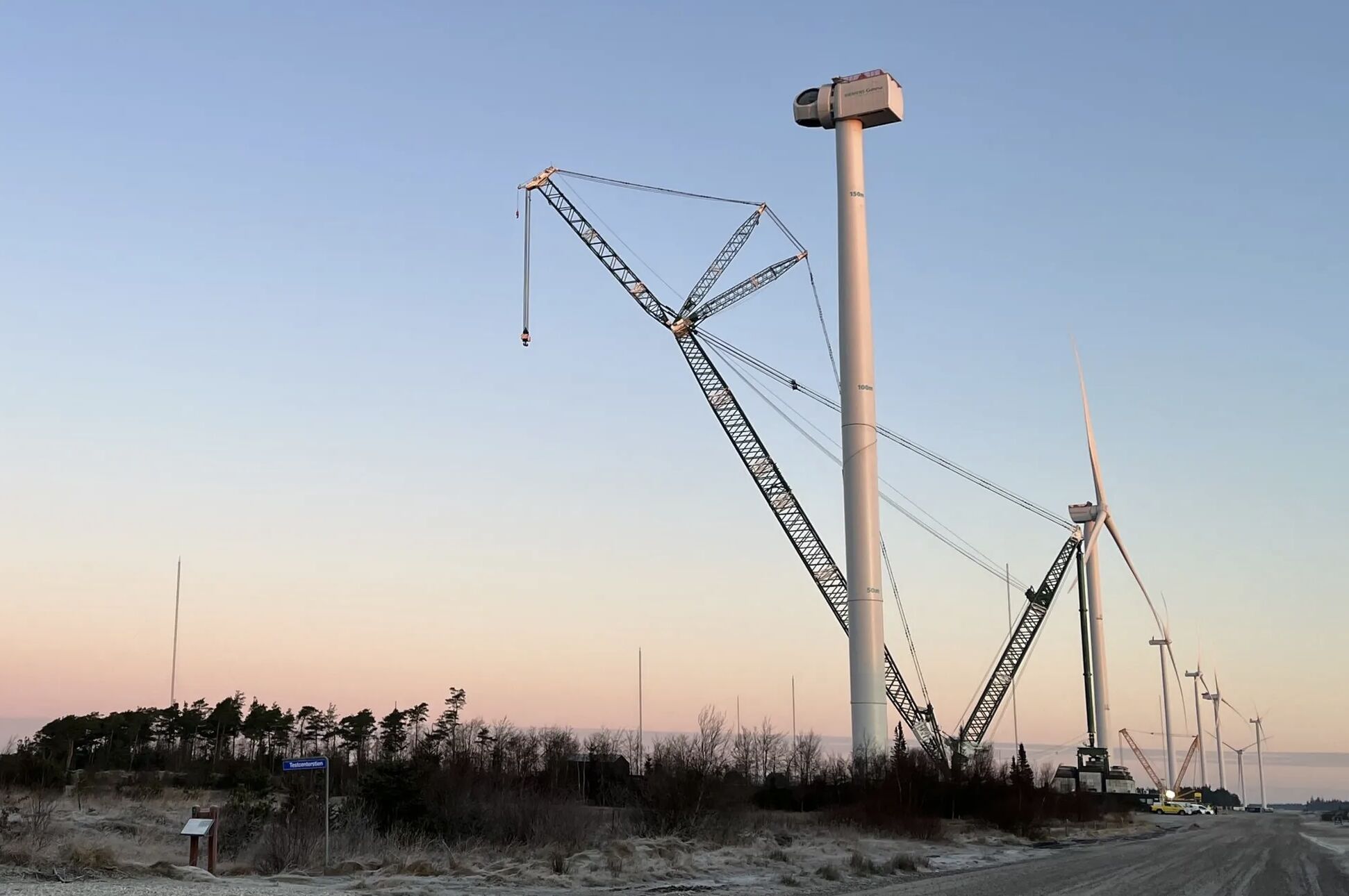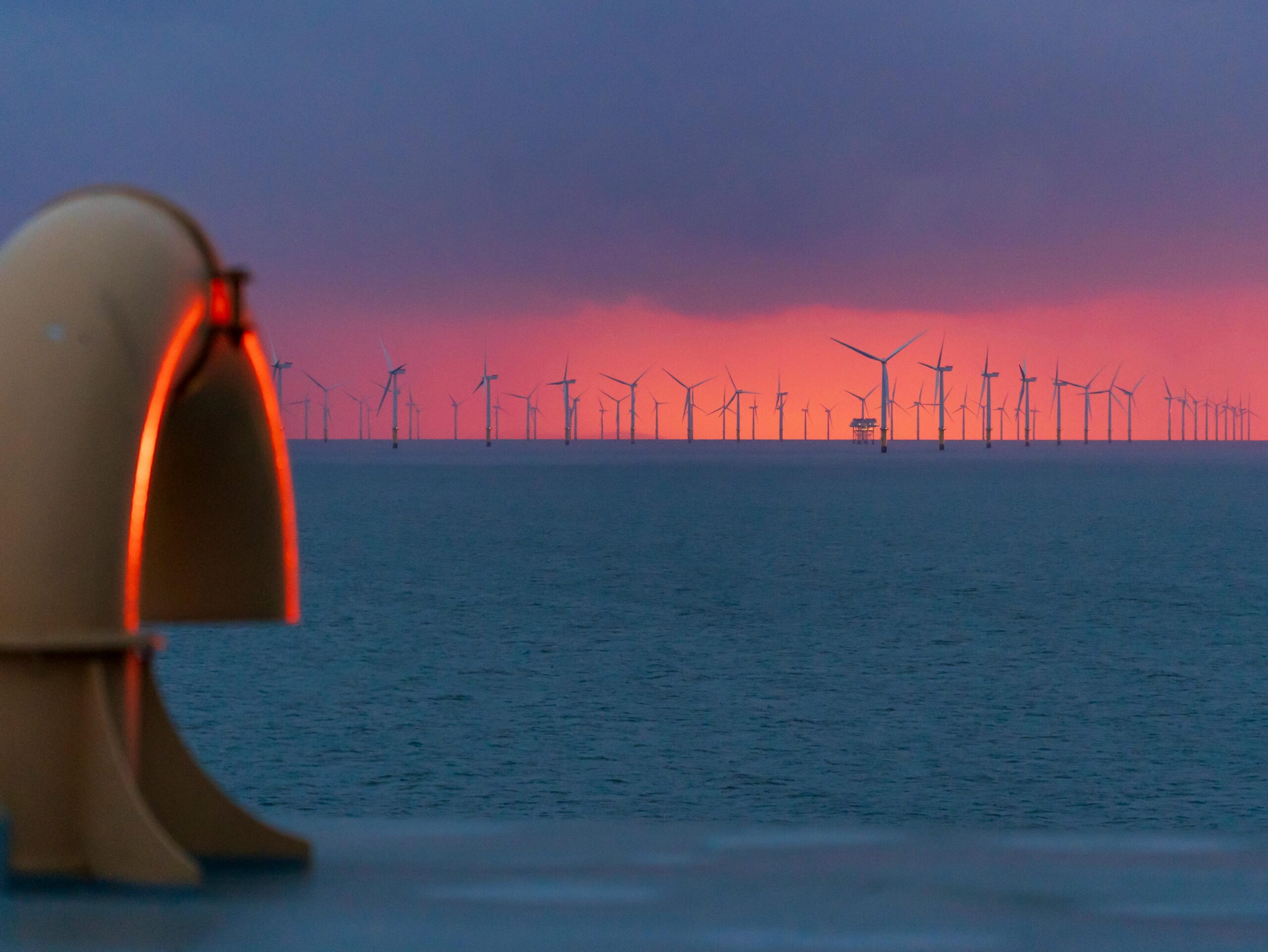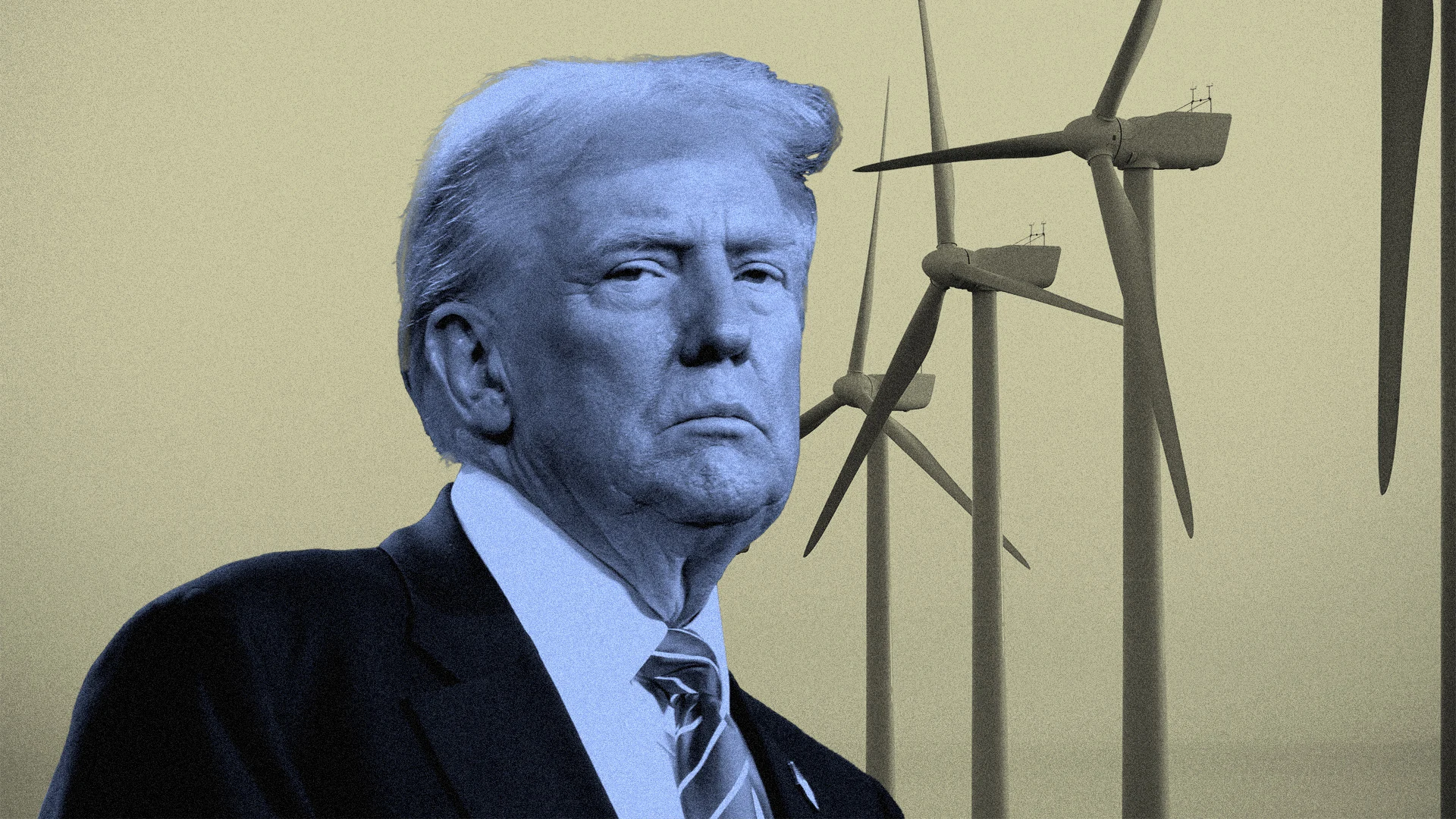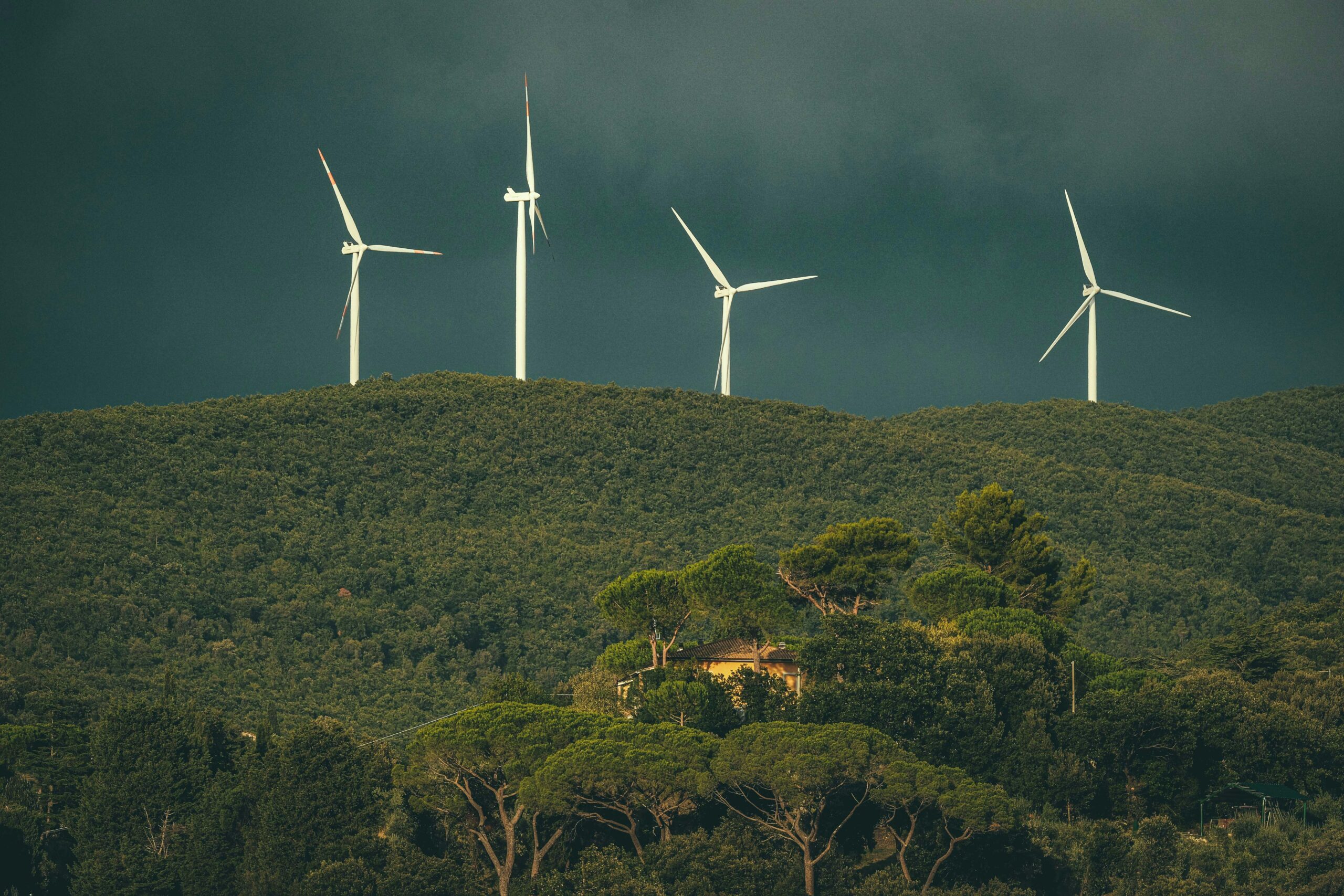In the dynamic world of renewable energy, every wind turbine and asset represents a major investment, and your return depends on keeping them running smoothly, safely, and efficiently. But when is the right time to inspect your renewable assets to ensure they deliver the best performance and return on investment (ROI)?
Timing your inspections well can mean the difference between catching small issues early or facing costly downtime and repairs. Here’s a straightforward guide to help you strike that perfect balance:
Starting Strong: Pre-Commissioning Inspections
Before your turbines spin for the first time, it’s crucial to conduct a thorough pre-commissioning inspection. This initial check verifies that everything’s installed correctly, setting a solid baseline and avoiding hidden defects that might otherwise surface later as expensive problems.
Routine Checks: The Heartbeat of Asset Health
Once your assets are operational, routine inspections become your best friend. While some operators choose biannual or annual schedules, the ideal frequency depends on factors like turbine age, location, and manufacturer advice. These regular health checks catch early signs of wear, corrosion, or damage; issues that, if ignored, can grow into serious headaches.
After the Storm: Rapid Response Inspections
Extreme weather events aren’t just inconvenient; they can cause unseen damage that threatens your asset’s integrity and uptime. After storms or lightning strikes, swift inspections help confirm safety, maintain compliance, and ensure no hidden problems threaten future performance.
When Data Speaks: Triggered Inspections for Anomalies
Sometimes, your monitoring systems will spot a dip in performance or an unusual vibration. That’s the perfect signal to schedule a targeted inspection. Using data from SCADA, condition monitoring, or AI analytics, these timely checks pinpoint problems before they escalate, saving time and money.
Key Milestones: End-of-Warranty and Lease Renewals
Approaching the end of a warranty or lease? A comprehensive inspection at this stage gives you a clear picture of your asset’s health and helps you make confident decisions about refurbishment, replacement, or contract negotiations.
Planning Ahead: Pre-Maintenance Inspections
Before diving into major maintenance or component replacements, an inspection to scope the work can save surprises and keep budgets on track. This preparation ensures that downtime is minimised and resources are used effectively.
Innovation in Action: Smart Debris Retrieval & Internal Inspection
At Specialist Wind Services, we turn unexpected challenges into opportunities to innovate and add value.
When a foreign object was accidentally left inside a turbine blade, standard retrieval methods proved difficult and raised concerns about asset integrity.
Our team deployed a customised solution that safely addressed the issue while simultaneously gathering valuable internal condition data; all within a single, efficient operation.
The result? Minimised downtime, fewer interventions, and enhanced insight for asset managers, demonstrating how SWS continuously delivers smart, forward-thinking solutions.
Why Timing Your Inspections Right Means Better ROI
Getting inspection timing right isn’t just about avoiding breakdowns; it’s about maximising your investment’s value:
- Catch issues early to avoid expensive repairs.
- Keep turbines running longer and producing more power.
- Extend asset lifespan and delay costly replacements.
- Make smart, data-driven maintenance decisions that boost profitability.
How Specialist Wind Services Can Help
With cutting-edge tech like drones, thermal imaging, and AI-powered analytics, SWS delivers fast, accurate, and safe inspections tailored to your assets. We don’t just find problems; we give you clear, actionable insights to optimise performance and ROI.
Ready to fine-tune your inspection strategy?
Speak to our technical team today.
